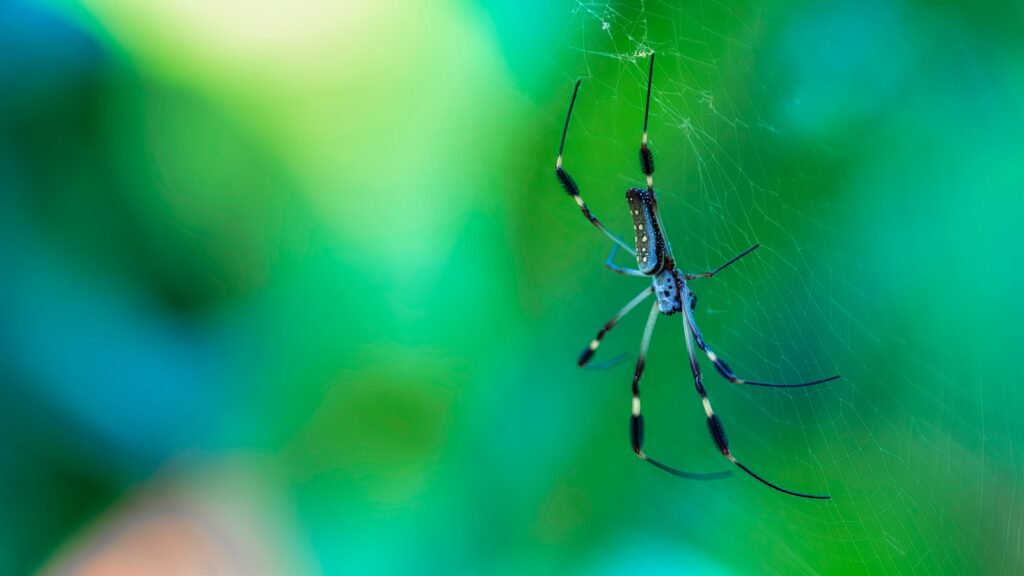
Venomous spiders, often feared and misunderstood, play crucial roles in maintaining the delicate balance of their natural habitats. While their reputation primarily centers around potential danger to humans, these eight-legged architects of ecosystems contribute far more to environmental health than most people realize. From controlling insect populations to serving as indicators of ecosystem health, venomous spiders operate as silent guardians of biodiversity across diverse landscapes. This exploration delves into the fascinating ecological significance of these arachnids, revealing how their presence benefits both natural systems and, surprisingly, human interests as well.
Nature’s Population Controllers
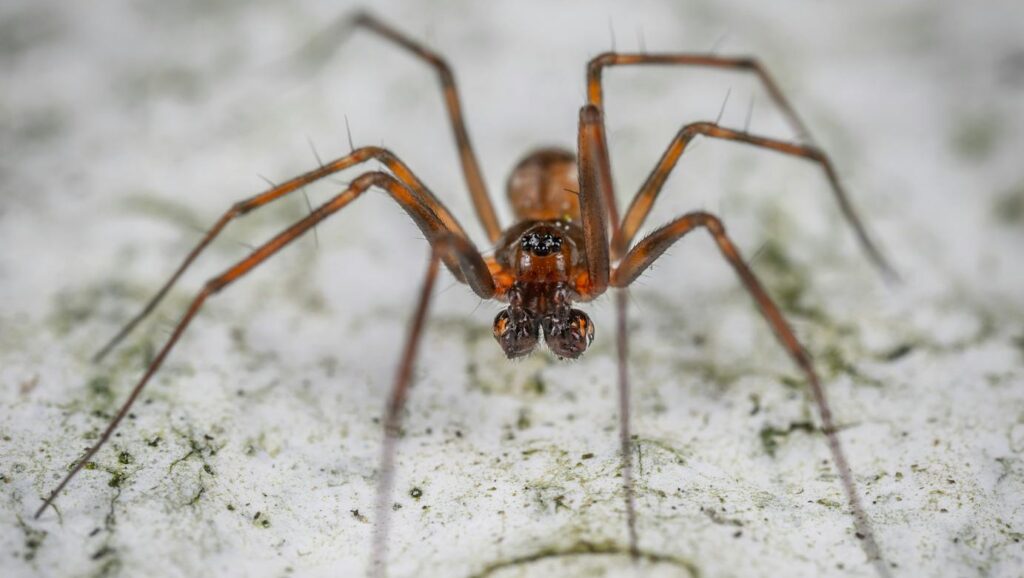
Venomous spiders serve as natural regulators of insect populations, playing a critical role in preventing pest outbreaks. Species like the black widow can consume dozens of insects daily, helping to control mosquitoes, flies, and agricultural pests that might otherwise flourish unchecked. Their hunting efficiency stems from both active hunting strategies and elaborate web constructions that function as around-the-clock insect traps. Research suggests that spiders collectively consume between 400-800 million tons of prey annually worldwide, making them one of the planet’s most important invertebrate predators. This natural pest control service reduces the need for chemical pesticides in agricultural settings, providing an estimated billions in economic value globally.
Biomedical Importance
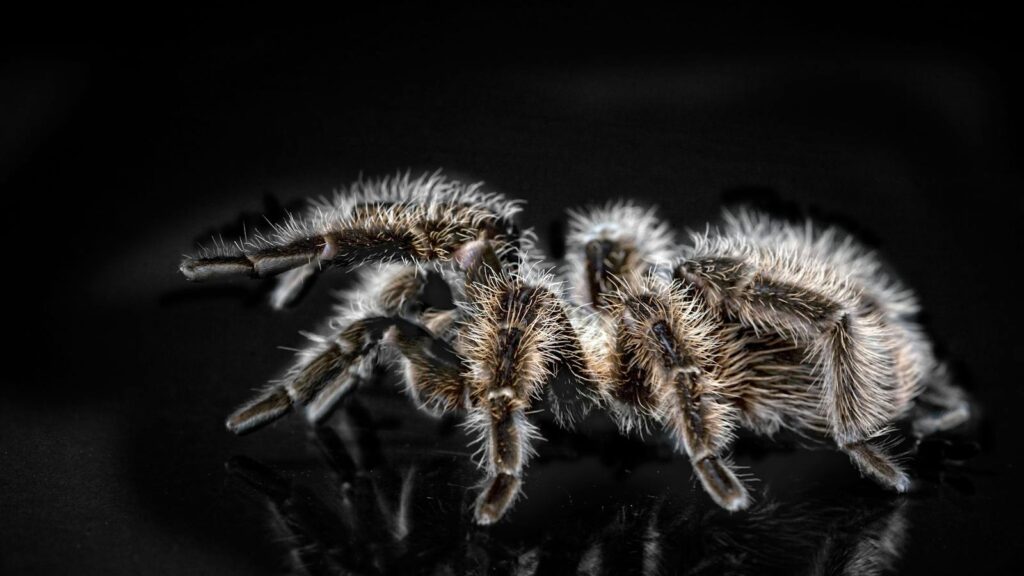
The venom produced by spiders represents a vast and largely untapped pharmaceutical resource with significant potential for human medicine. Spider venoms contain complex cocktails of hundreds of different proteins and peptides, many of which have shown promise in treating conditions ranging from pain to cancer. The Brazilian wandering spider’s venom, for instance, contains compounds being studied for treating erectile dysfunction and certain cardiac conditions. The Australian funnel-web spider’s venom is yielding compounds that may protect brain cells from damage after stroke. Scientists have also developed a pain reliever derived from tarantula venom that targets pain pathways without the addiction risks of opioids, demonstrating how these feared creatures might ultimately provide relief to millions of patients.
Food Chain Contributors
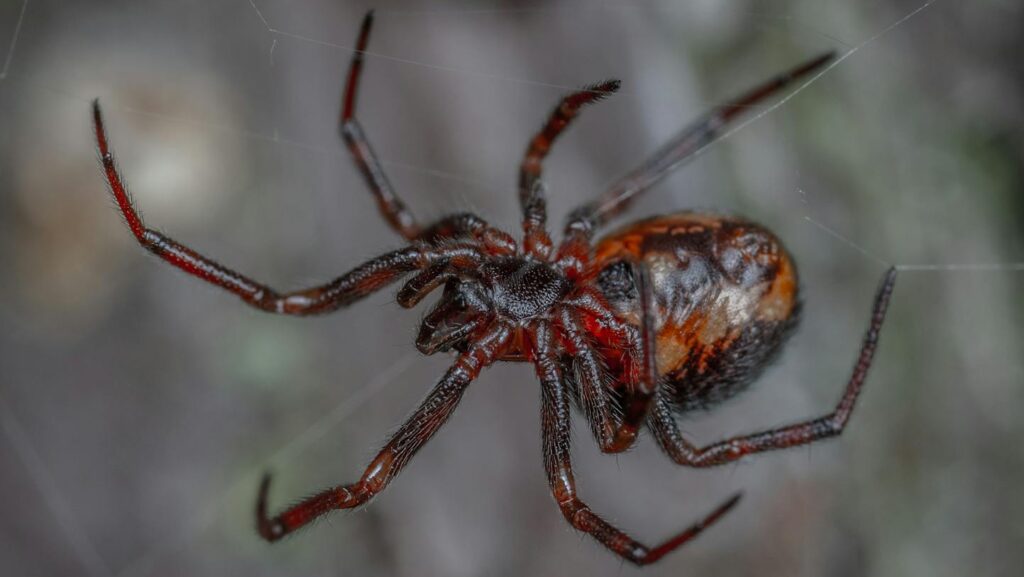
Venomous spiders occupy a critical middle position in food webs, serving as both predators and prey in their ecosystems. While they hunt smaller invertebrates, they in turn become food for birds, lizards, mammals, and even other spiders, effectively transferring energy up the food chain. The brown recluse, despite its fearsome reputation among humans, provides sustenance for numerous vertebrate species in its native habitats. This interconnectedness highlights how the removal of spiders from an ecosystem could trigger cascading effects through multiple trophic levels. Their abundant presence in most terrestrial environments makes them a reliable food source for many species, contributing to the stability of wildlife populations across various ecosystems.
Specialized Habitat Inhabitants
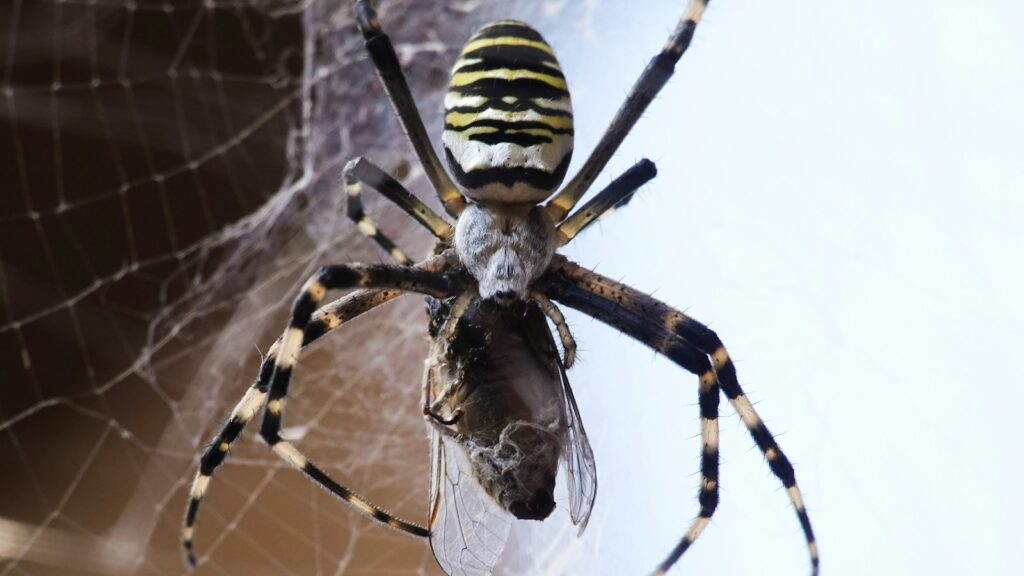
Many venomous spider species have evolved to thrive in specific ecological niches, making them integral components of specialized habitats. The desert-dwelling six-eyed sand spider has adapted perfectly to arid environments, with its flattened body allowing it to hide beneath the sand while awaiting prey. In tropical forests, venomous tarantulas often inhabit abandoned rodent burrows or spaces within tree trunks, effectively recycling these microhabitats. These habitat specializations make certain spider species excellent indicators of environmental health and ecosystem integrity. Their presence or absence can signal changes in habitat quality long before more obvious indicators manifest, making them valuable subjects in conservation monitoring efforts.
Web Architects and Ecosystem Engineers
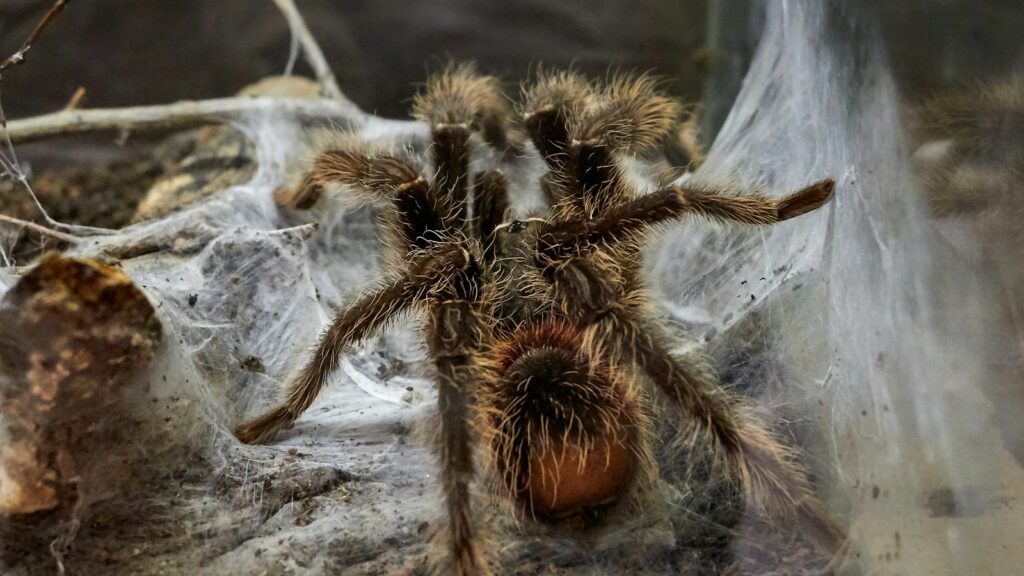
The intricate webs constructed by many venomous spider species serve functions beyond merely catching prey, actually modifying their environments in ways that benefit other organisms. These silk structures create microhabitats that provide shelter for smaller invertebrates and can even influence local humidity and temperature conditions. The golden silk orb-weaver, whose venom is mild but effective against insects, creates massive, persistent webs that can alter the movement patterns of flying insects in forest clearings. Research has documented over 120 different species of invertebrates that may inhabit or use spider webs as temporary refuges. This ecosystem engineering demonstrates how the seemingly simple act of web-building contributes to creating complex, multi-dimensional habitats with increased biodiversity.
Agricultural Allies

Farmers increasingly recognize venomous spiders as valuable allies in integrated pest management strategies, reducing the need for chemical interventions. Studies in rice paddies have shown that wolf spiders, some of which possess medically significant venom, can reduce pest insect populations by up to 60%, protecting crops without chemical residues. Even the notorious black widow spider primarily targets agricultural pests such as aphids, beetles, and caterpillars that damage crops. Agricultural researchers have documented that maintaining field margins that support spider populations can significantly reduce pest damage to adjacent crops. This natural pest control service provides an estimated $4.5 billion in annual benefits to the agricultural sector in the United States alone.
Biodiversity Indicators

The presence and diversity of venomous spider species serve as valuable indicators of overall ecosystem health and biodiversity. These arachnids typically require specific environmental conditions and prey availability to thrive, making their populations sensitive to ecological disturbances. The funnel-web spider family, containing some of Australia’s most venomous species, often disappears from areas experiencing habitat degradation long before larger, more visible species show signs of stress. Conservation biologists increasingly include spider surveys in their assessment protocols when evaluating habitat quality and restoration success. Their relatively short life cycles also allow researchers to track environmental changes over shorter time frames than is possible with longer-lived organisms.
Climate Change Responders
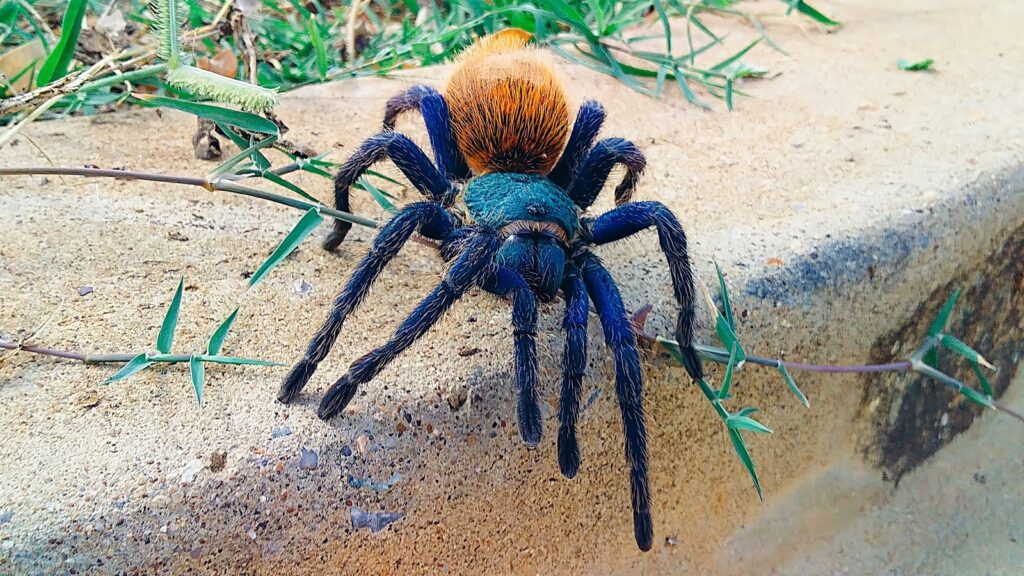
Venomous spiders are among the first organisms to demonstrate measurable responses to climate change, making them important subjects for ecological research. Range expansions of species like the brown widow spider provide early evidence of warming trends as these arachnids establish populations in previously unsuitable regions. The timing of reproductive cycles in temperature-sensitive species such as the European black widow has shifted measurably over recent decades, correlating directly with climate data. Some venomous species exhibit behavioral adaptations to changing conditions, like the Sydney funnel-web spider’s tendency to seek shelter in human dwellings during extreme heat or flooding events. These observable responses make spiders valuable subjects for scientists studying the broader ecological impacts of our changing climate.
Urban Ecosystem Participants
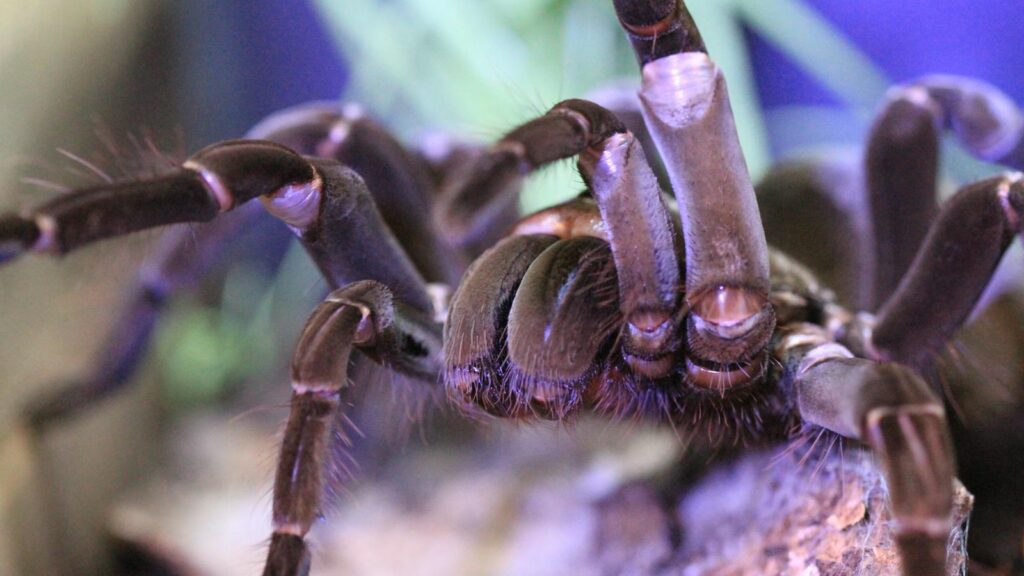
Even in human-dominated landscapes, venomous spiders continue to perform ecological services that benefit urban environments. Species like the yellow sac spider have successfully adapted to city living, where they help control common household pests such as flies, silverfish, and cockroaches. Urban gardens hosting populations of venomous orb-weavers typically experience fewer pest outbreaks and require less chemical intervention to maintain plant health. Research in urban ecology has demonstrated that spider diversity can serve as an indicator of the overall ecological health of urban green spaces and conservation areas. This adaptability makes venomous spiders among the few predators that continue to regulate insect populations even in highly modified human environments.
Evolutionary Marvels
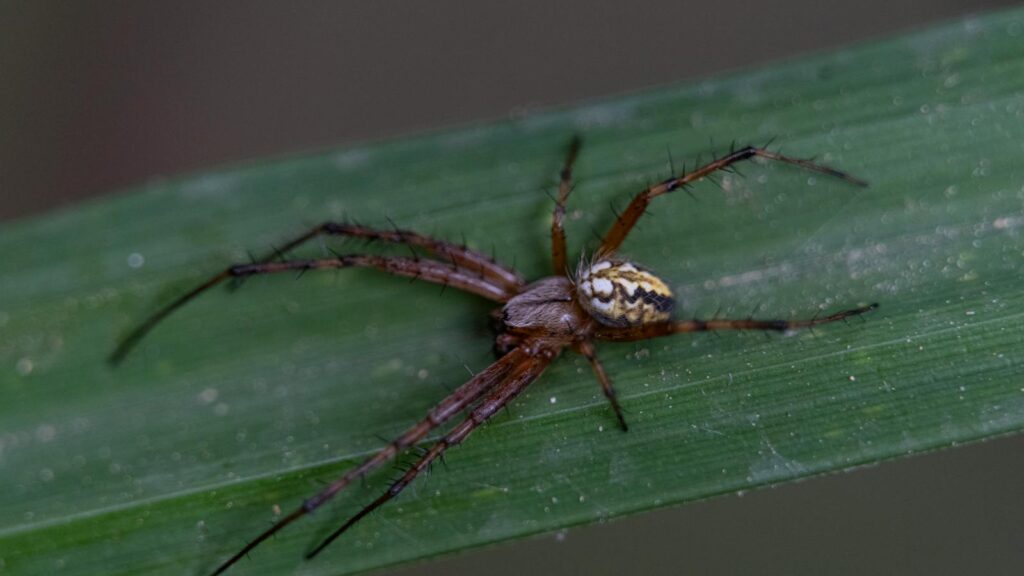
The venom systems of spiders represent remarkable examples of evolutionary adaptation, with each species developing unique biochemical cocktails suited to their ecological niche. The Sydney funnel-web spider’s venom, for instance, contains compounds specifically effective against vertebrate nervous systems—an unusual adaptation thought to have evolved as defense against predatory mammals. Different hunting strategies have driven the evolution of distinct venom compositions, with ambush predators like trapdoor spiders developing paralyzing venoms while active hunters like jumping spiders produce venoms that quickly immobilize fast-moving prey. Scientists have identified more than 10 million unique compounds across spider venoms worldwide, with each species essentially operating as its own natural pharmaceutical laboratory. This diversity of venom compounds reflects the selective pressures of different environments and prey types across millions of years of spider evolution.
Conservation Challenges
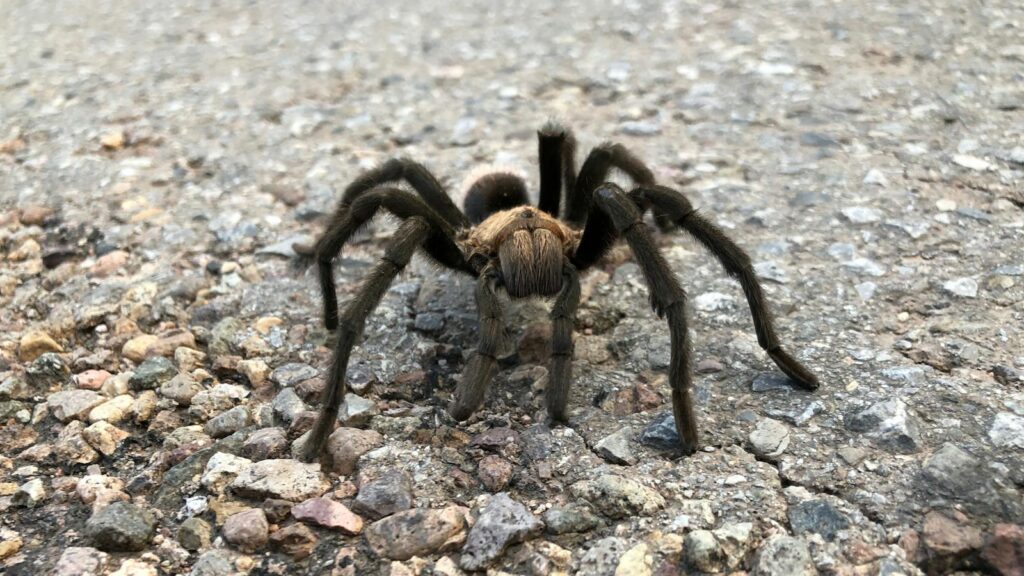
Despite their ecological importance, many venomous spider species face significant conservation challenges that threaten their continued contribution to ecosystem functioning. Habitat destruction remains the primary threat, with specialized species like the Mexican red-kneed tarantula losing critical forest habitat to agriculture and development. Climate change creates additional stresses, as shifting temperature and precipitation patterns disrupt the delicate timing of spider life cycles and prey availability. The international pet trade has placed unsustainable collection pressure on certain charismatic venomous species, with some now facing population declines in their native ranges. Conservation efforts are complicated by the negative public perception of venomous spiders, making it difficult to generate support for protection measures compared to more charismatic endangered species.
Cultural Significance
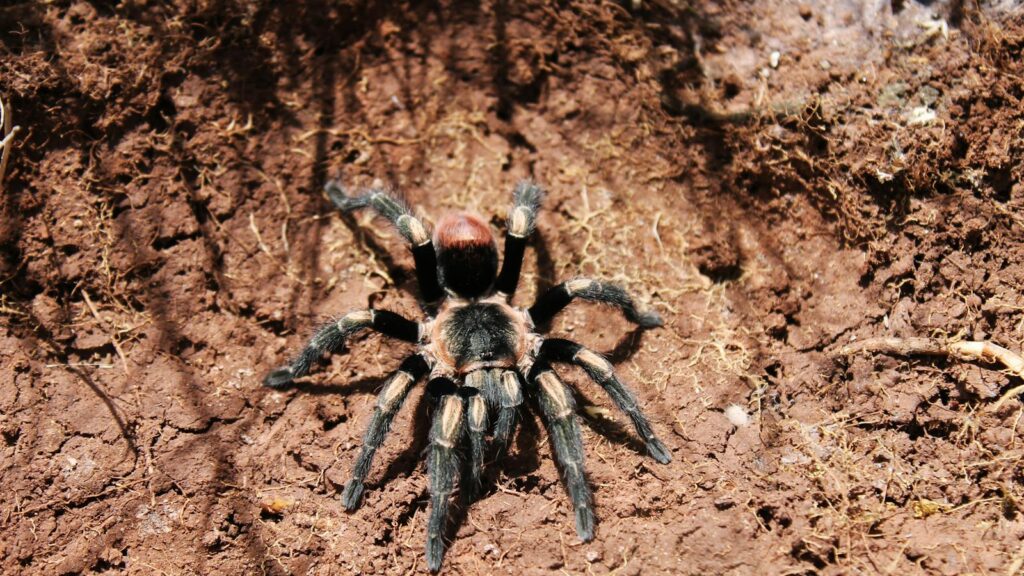
Throughout human history, venomous spiders have occupied important positions in cultural beliefs, folklore, and artistic expressions across civilizations. The black widow spider features prominently in Native American mythology as a creator figure and trickster, reflecting both respect and caution toward this powerful creature. In ancient Egyptian culture, the goddess Neith was associated with spiders and weaving, symbolizing the creative power of nature and the cosmos. Many indigenous cultures in Australia maintained sophisticated knowledge about venomous spider species, their habits, and traditional treatments for bites long before scientific documentation. These cultural connections demonstrate how venomous spiders have shaped human understanding of nature beyond their purely ecological roles, inspiring both fear and fascination across generations and continents.
Conclusion: Beyond the Fear Factor

The ecological significance of venomous spiders extends far beyond their reputation as creatures to be feared. As predators, prey, ecosystem engineers, and biodiversity indicators, these arachnids perform vital functions that maintain healthy, balanced ecosystems across the planet. Their contributions to pest control, medicine, and scientific research demonstrate that our relationship with these creatures should be characterized more by respect than fear. As we face growing environmental challenges from climate change to habitat loss, understanding and protecting the ecological roles of all species—including those we may instinctively fear—becomes increasingly important. The venomous spider, often misunderstood and maligned, stands as a powerful example of why conservation must encompass all forms of life that collectively sustain our living planet.
